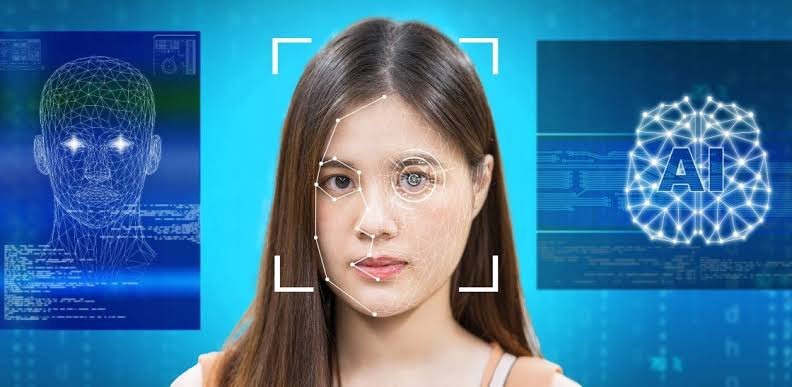AI facial recognition is a fascinating technology that is reshaping how we live and work. From unlocking phones to enhancing security and entertainment, it’s everywhere. But what is it, how does it work, and what does it mean for our future? Let’s dive into its uses, challenges, and societal effects.
What Is AI Facial Recognition?
AI facial recognition is a smart system that identifies or verifies a person by analyzing their facial features. Here’s how it works:
- Image Capture: A photo or video of a person’s face is taken.
- Feature Extraction: Key features, such as the shape of the eyes, nose, and mouth, are identified and analyzed.
- Matching: These features are compared to a database to confirm or identify the person.
Advanced algorithms make this process fast and accurate, allowing it to work in real-time in many situations.
Where Is Facial Recognition Used?
Facial recognition is used in various fields, providing convenience, security, and entertainment.
1. Security and Access Control
Facial recognition is widely used to keep things safe. From unlocking smartphones to securing buildings, it’s all about making access easy and secure. For example, tools like MioCreate integrate facial recognition into their online AI features for safety and creative uses.
2. Entertainment and Creativity
This technology is making entertainment more engaging. Apps and tools use facial recognition for fun, like face swap, where you can replace faces in pictures or videos, and multiple face swap, which swaps faces of several people at once, creating hilarious and creative results.
3. Retail and Customer Experience
Stores use facial recognition to understand customer preferences and offer tailored experiences. This can include targeted advertisements or personalized shopping suggestions.
4. Healthcare Applications
In hospitals, it helps with patient identification, making medical record management smoother and reducing errors.
What Are the Concerns About Facial Recognition?
While facial recognition brings many benefits, it also raises important concerns:
1. Privacy Issues
People worry about how their facial data is collected and used. Without clear rules, this could lead to unauthorized tracking or surveillance.
2. Algorithm Bias
Facial recognition systems may not work equally well for all skin tones, ages, or genders. This can lead to mistakes and unfair treatment.
3. Data Security
If data is not stored securely, it could be hacked or misused, putting personal information at risk.
What Can Be Done?
- Regulations: Clear laws can limit misuse and ensure transparency.
- Improving Accuracy: Developers must work to reduce bias in algorithms.
- Data Protection: Companies should securely store and handle facial data.
Impact on Society
Facial recognition is changing how we interact with technology and each other.
The Good
- It enhances security by providing fast and reliable identification.
- It makes everyday tasks easier, like unlocking phones or making payments.
- Creative tools like face swap and multiple face swap let users explore fun and unique ways to engage with media.
The Challenges
But, there are concerns too. Overuse could invade personal privacy and lead to constant monitoring. Consent and fairness must remain top priorities as this technology becomes more common.
Conclusion
AI facial recognition is an exciting and powerful technology that is transforming industries and everyday life. From tools like MioCreate to fun applications like face swap, its potential is vast. However, it’s important to address privacy concerns, biases, and ethical challenges to ensure it is used responsibly.
By balancing innovation with respect for individual rights, facial recognition can continue to grow as a tool that benefits society in meaningful ways.


